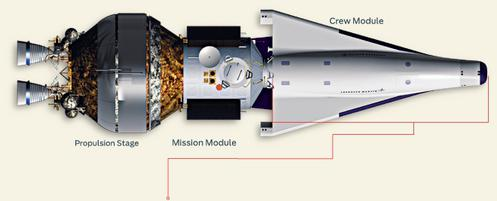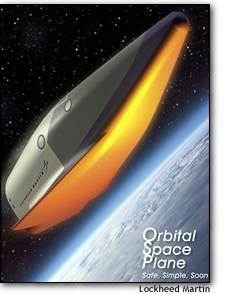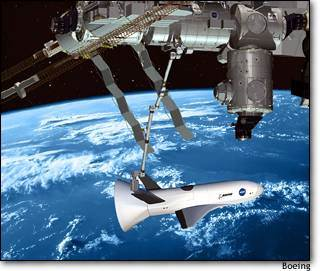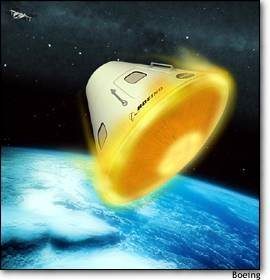Yeah, that’s a challenging question to answer because, you know, it involves speculation. What I can say now is that the Space Launch System is farther along than the Starship or any other commercial [project] with respect to a super heavy-lift capability that’s purpose-built for human spaceflight missions. I think in the near term, we’re really focused on getting SLS developed and getting this crewed test flight on the schedule so we can then do future Artemis missions including the first crewed mission to the lunar surface. We will always look at evolving capabilities within the industry and look for how they can best be utilized to meet our goals and objectives, including those at the heart of this program. But it’s hard for me to determine.
I know what the timelines are for the SLS, but it’s hard to determine what the timeline is and capabilities are for the Starship. And then the Starship is the spacecraft, but there’s still the undeveloped super-heavy lift rocket that would actually lift the Starship to orbit and eventually on to the Moon. I applaud SpaceX and what they’ve been able to accomplish in partnership with us through the commercial cargo and the commercial crew program. It’s just I know what our plan is for SLS, and it’s just hard for me to determine how we would leverage capabilities like Starship and the super-heavy that would launch Starship without understanding their timeline, their capabilities, and a lot more detail.
It’s sort of an apples-to-oranges comparison between the SLS and Starship because the Starship is really the spacecraft. Rather, it’s where we are at SLS versus where SpaceX would be with their super-heavy launch vehicle that really launches the Starship.

 arstechnica.com
arstechnica.com


















